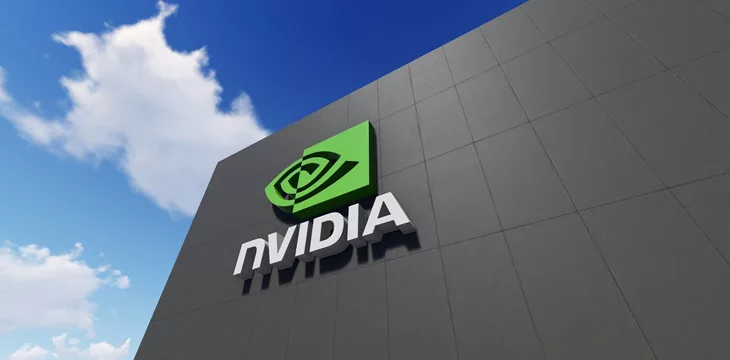|
Getting your Trinity Audio player ready...
|
Chip manufacturer Nvidia (NASDAQ: NVDA) has introduced an artificial intelligence (AI) model designed to generate gene sequences with close similarities to the virus behind COVID-19, SARS-CoV-2.
In a blog post, the GenSLMs model can identify the differences between COVID-19 variants and classify genome sequences. Developed in partnership with academics from the Argonne National Laboratory and the University of Chicago, the large language model (LLM) was trained on a large data set of the nucleotide sequences—the foundations of DNA.
Armed with the datasets, the researchers noted in their submission that the LLM demonstrated proficiency in generating sequences bearing close similarities to the COVID-19 strains that were prevalent in 2023. The researchers say GenSLMs were trained only with genomes from late 2019, with experts impressed by the ability of the model to predict virus mutations.
“Our model’s generative process is extremely naive, lacking any specific information or constraints around what a new COVID variant should look like,” remarked GenSLMs lead researcher Arvind Ramanathan. “The AI’s ability to predict the kinds of gene mutations present in recent COVID strains—despite having only seen the Alpha and Beta variants during training—is a strong validation of its capabilities.”
Apart from the functionalities of making seemingly accurate predictions, Nvidia says the model distinguishes between variants and interprets long strings of nucleotides. Using advanced software, researchers can visualize the evolutionary patterns of proteins in the COVID-19 genome, offering new use cases for medical research.
“Looking at the model’s understanding of which mutations are particularly strong in a variant may help scientists with downstream tasks like determining how a specific strain can evade the human immune system.” said Ramanathan.
GenSLMs is already carving a name in the ecosystem after research team members bagged the Gordon Bell special prize in 2022 at the SC22 supercomputing conference. The LLM relies on Nvidia A100 Tensor Core supercomputers, Selen, and the U.S. Energy Department Perlmutter for training, giving it advanced functionalities.
Nvidia recently unveiled a range of AI chips with larger memories, faster speeds, and interoperability with previous chipsets.
AI and medical research
Experts have identified extensive AI use cases in medical research, with large tech companies rolling out tools to assist researchers. In August, Google (NASDAQ: GOOGL) teamed up with iCAD to create an AI-based tool to improve breast cancer detection, which parties say can stifle false positives and unnecessary recalls.
Meta (NASDAQ: META) is also utilizing AI to generate images by measuring brain activity. Still in the early stages, Meta says the research has recorded impressive metrics and is confident that upon full launch, the product will assist disabled individuals in communicating using AI-generated images.
Despite the benefits to medicine, critics argue that AI poses grave threats to the global economy’s finance, Web3, education, media, and security sectors.
In order for artificial intelligence (AI) to work right within the law and thrive in the face of growing challenges, it needs to integrate an enterprise blockchain system that ensures data input quality and ownership—allowing it to keep data safe while also guaranteeing the immutability of data. Check out CoinGeek’s coverage on this emerging tech to learn more why Enterprise blockchain will be the backbone of AI.
Watch: AI & blockchain will be extremely important—here’s why

 12-26-2025
12-26-2025 




